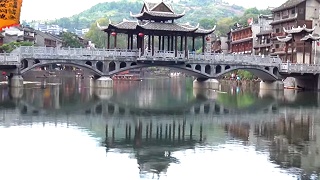Metabolic disease from a poor or wrong diet is the underlying root cause of disease. But medicine is driven by profit and has a major influence on public policy.
With Aseem Malhotra.
[640],shadow=true,start=,stop=Bonus film on big pharma and Covid rmna vaccines ...
[320],shadow=true,start=,stop= Health special 2 : diet and Covid; diet and statins
Health special 2 : diet and Covid; diet and statins
















